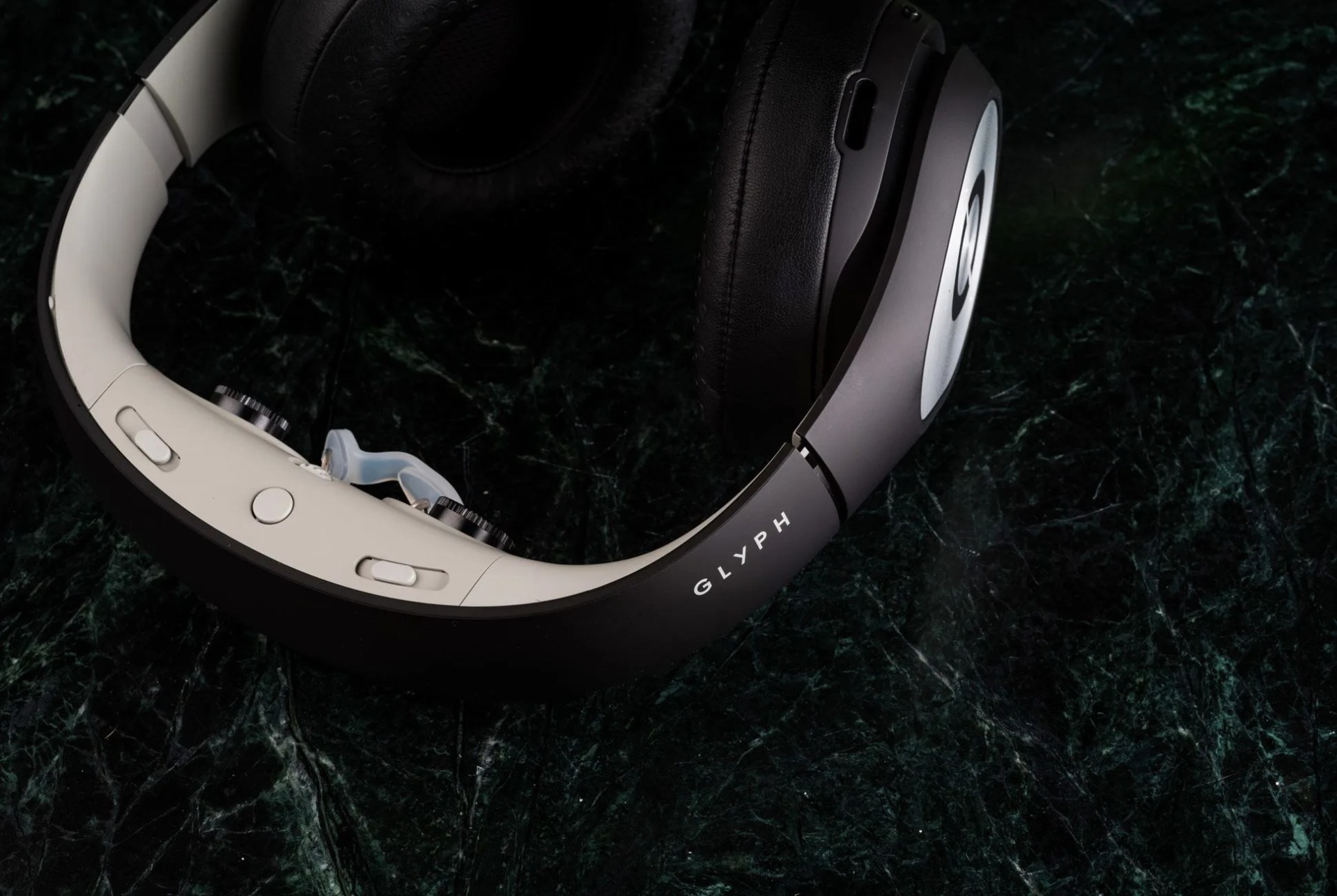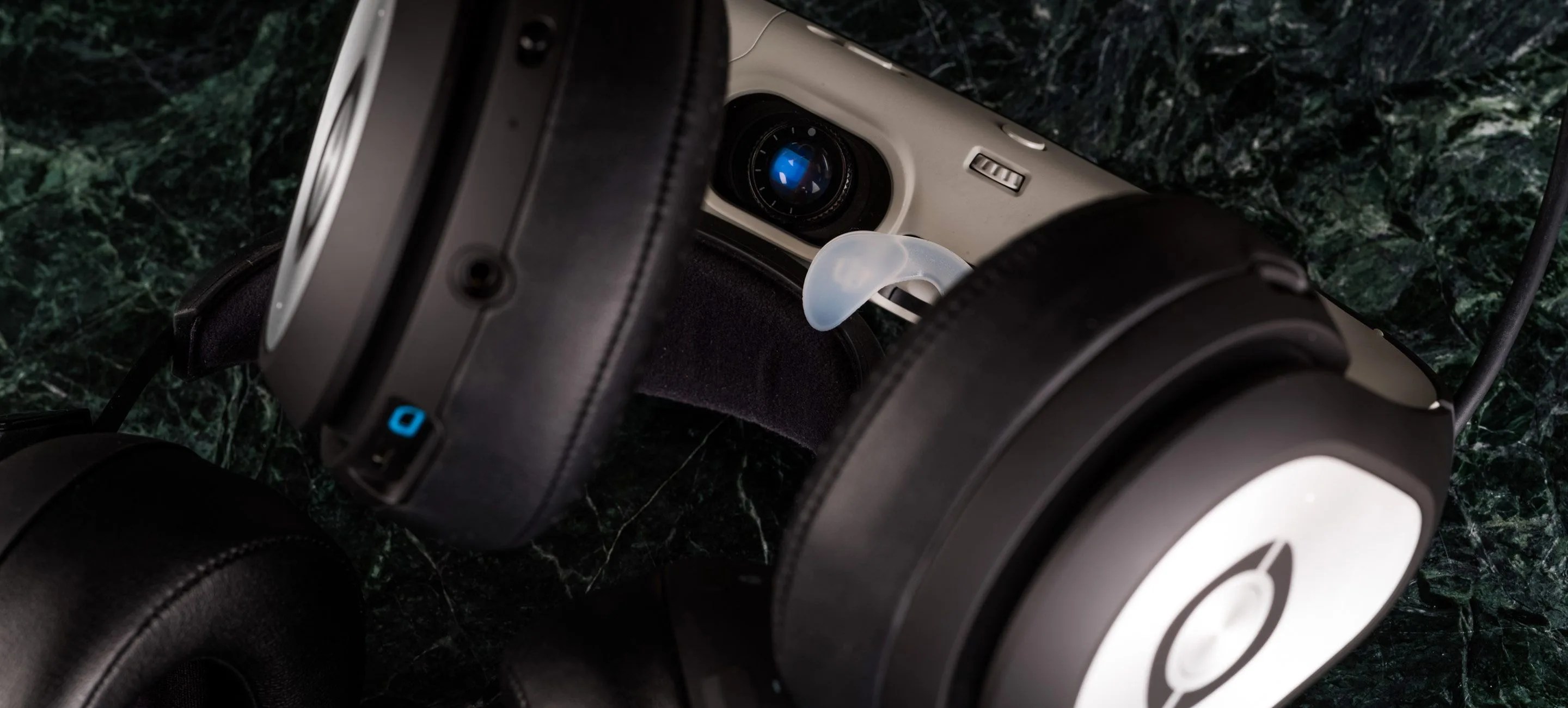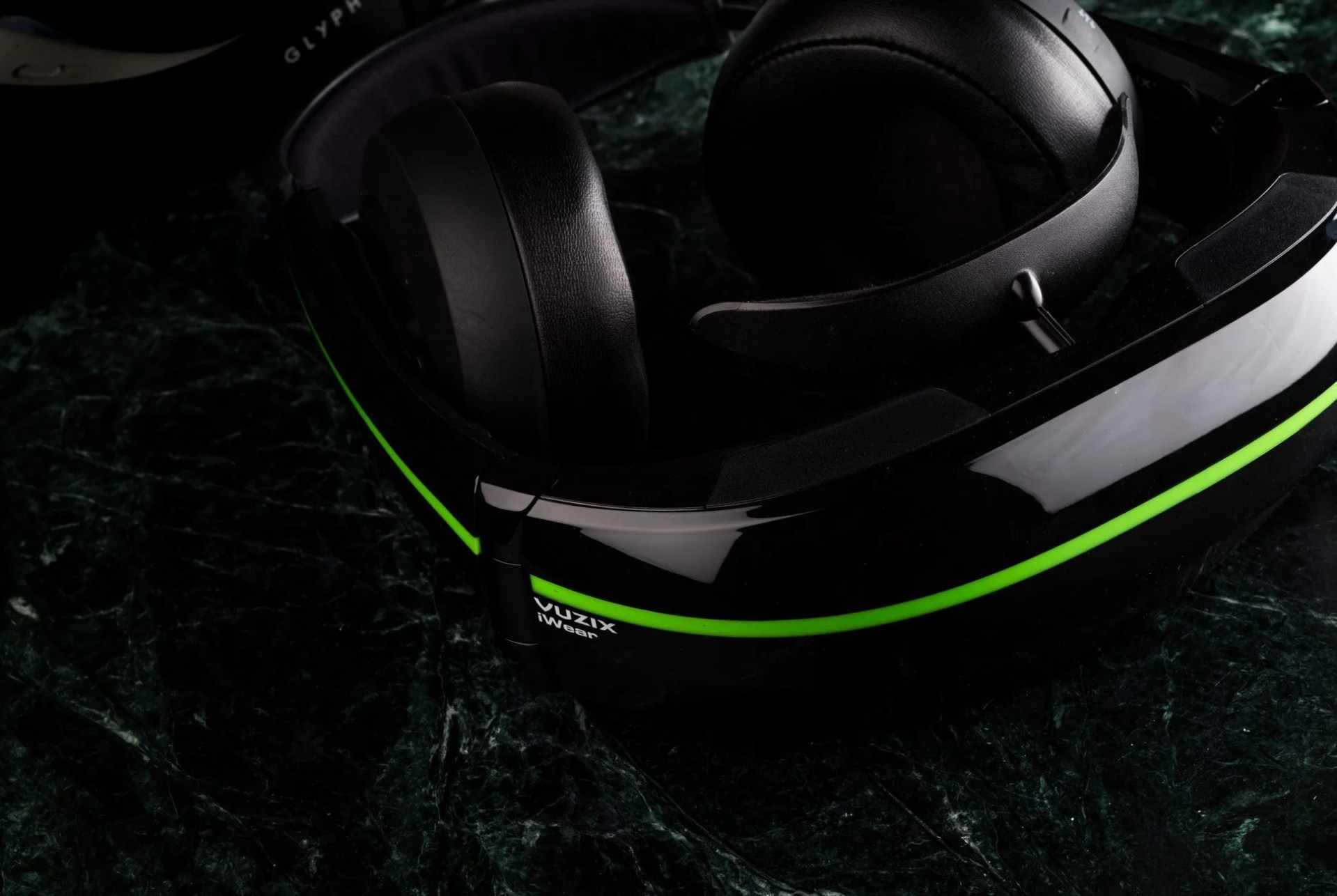Virtual reality has arrived, officially. In the past year or so, half a baker’s dozen VR headsets — the Oculus Rift, Samsung Gear VR, PlayStation VR, Zeiss VR One and HTC Vive — have proliferated and begun permeating the masses. Since Google Cardboard was released in late 2014, 5 million units have shipped. The HTC Vive, Steam’s flagship headset, which was released in April 2016, is reportedly just reaching 100,000 units sold (not terrible, not great). Yet, despite all the hype around virtual reality, they aren’t the only RoboCop-looking devices grasping for faces. There’s also video headsets.
VR headsets and video headsets aren’t the same thing, despite both being something that X-Men’s Cyclops would happily rock. The former of the two devices are meant to be immersive devices that you strap to your face. They allow no light in, enabling you to lose your stomach while piloting a flight simulator or riding a virtual roller coaster. In a nutshell, VR headsets are meant for VR gaming and VR “experiences.”

On the flip side, video headsets, like the recently released Avegant Glyph ($700) and Vuzix iWear Video Headphones ($500), essentially bring a TV screen right in front of your eyes. They have an HDMI port and can be plugged directly into a laptop, Xbox One, PS4, smartphone (with a digital AV adapter) or Fios cable box. The idea is that you can stream video on Netflix or Amazon, or play mobile games like GTRacing 2, and get a movie-theater experience while you’re on a plane, bus, or sitting on the couch while someone else hogs the actual big screen.
Previously, Avegant designed high-res, low-latency and low-eye-fatigue headsets for serious applications like high-speed night-vision driving, drone piloting and operating remote weapons.
Along with mobile gaming and streaming, these video headsets are also optimized for drone use. The digital drone space has grown by leaps and bounds in the past year; DJI, Parrot and Yuneec all have recently released drones with digital video. Drone pilots can plug the headsets into their done controllers, and fly them around in FPV mode (first-person view). Both headsets have head trackers built in, so instead of looking down at a phone or tablet, drone pilots can steer the drone simply by looking in the direction they want to fly. Vuzix also recently partnered with the International Drone Racing Association (IDRA).
Vuzix iWear Video Headphones

